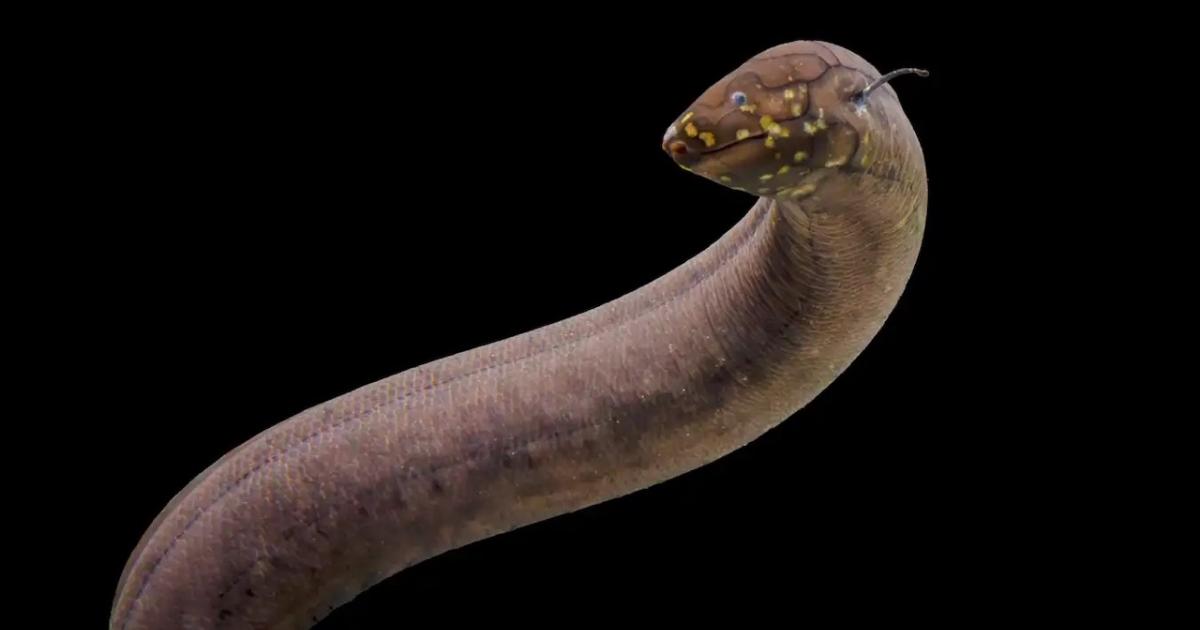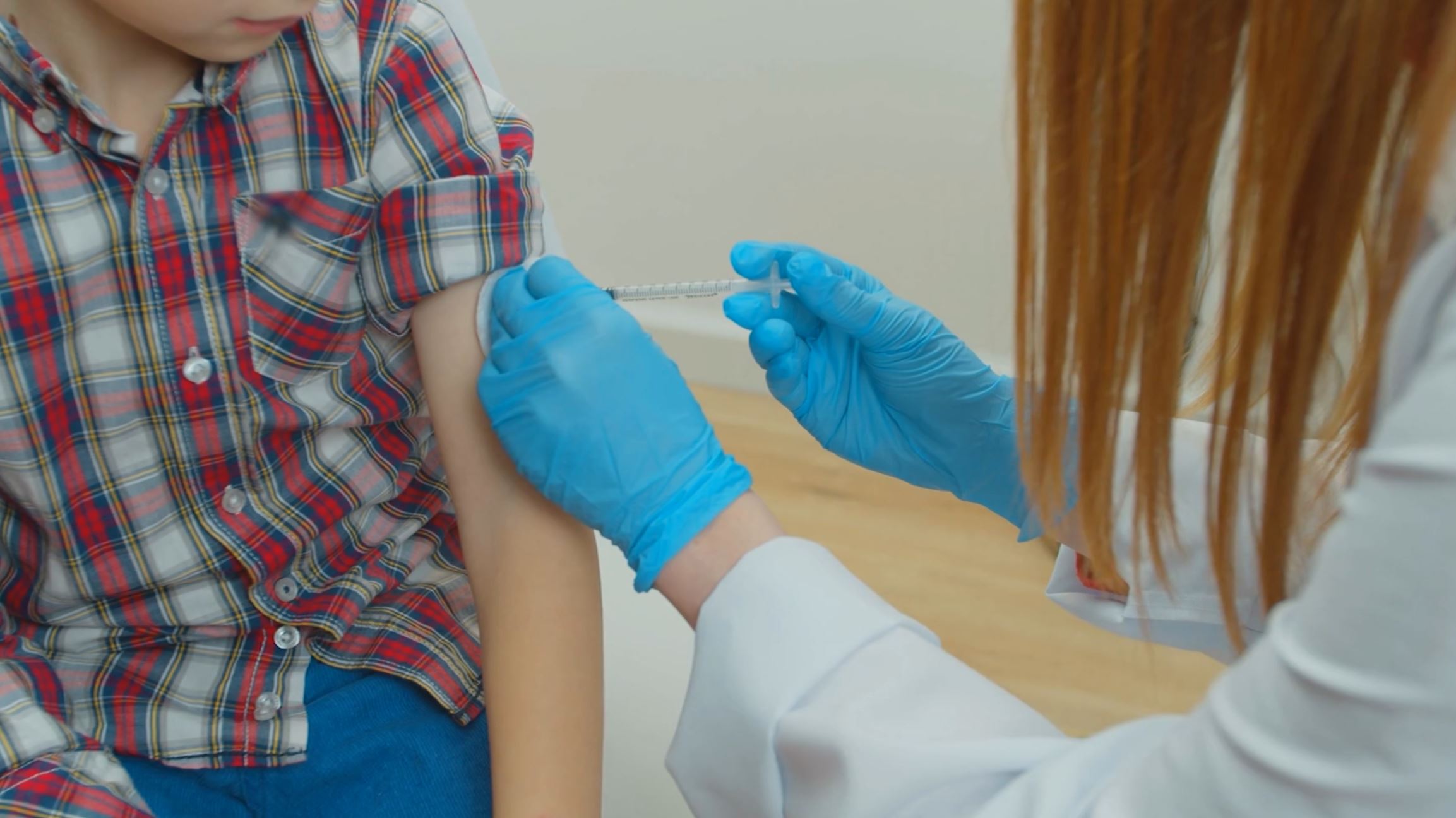
High levels of bird flu were found in mice fed raw cow's milk contaminated with the virus, suggesting the danger of consuming the beverage to humans, according to a study published on Friday.
In recent years, a highly pathogenic type of avian influenza — HPAI H5N1 — has been found in more than 50 species of animals, including since March in U.S. farmed cattle.
About 50 herds have been affected in the country and two human cases of infection have been reported. The two diagnosed people, who were farm workers, experienced reduced symptoms, such as conjunctivitis.
In the study published on Friday in the New England Journal of Medicine, researchers from the University of Wisconsin in Madison and Texas A&M University in the United States fed five mice with drops of raw milk from infected cows.
The rodents showed signs of illness, including lethargy, and were killed four days later to study their organs.
The researchers found high levels of the virus in the nasal cavities, trachea, and lungs, in addition to low to moderate levels in other organs.
The study also looked at storing raw milk at refrigerator temperatures: virus levels decreased only slightly after five weeks, suggesting that simple refrigeration was not enough to make raw milk safe.
“An important fact to consider is the fact that consumption of unpasteurized raw milk is increasingly widespread,” said Roland Cow, a professor of veterinary epidemiology at the University of Edinburgh in Scotland, who was not involved in the study.
The researcher added: “While this study shows that mice can become infected systemically by consuming contaminated milk, it does not prove that the same applies to humans, even if the possibility increases.”
In addition to tests on mice, researchers have confirmed that heating raw milk to high temperatures – as pasteurization does – destroys almost all traces of the virus after a few seconds, and destroys all pathogens after several minutes.
In a recent nationwide survey, all samples of pasteurized milk came back negative for the presence of the virus in a viable state. But the virus in an inactive state, and therefore unable to spread, was detected in about 20% of samples.






